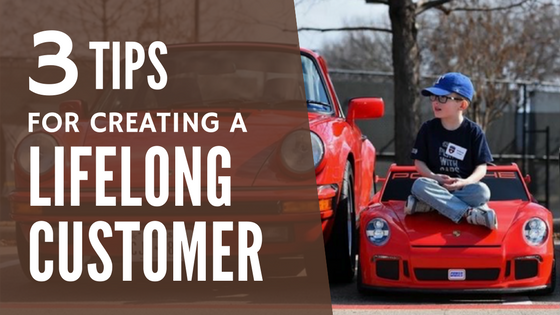YouTube vs. Vimeo: which is best for your brand?
/The appeal of video is undeniable. Simply put, videos are engaging, straightforward, and entertaining for viewers to watch. Video gives businesses the ability to transmit information or get a point across in a relatively short amount of time. In fact, video increases click-through rates by roughly 96%!
Two video sharing sites, YouTube and Vimeo, are largely responsible for popularizing video and making video sharing accessible to a majority of users. These sites have simplified the process and made it easier for mainstream users to understand. However, questions still remain. What are the major differences? Which platform should you be on to successfully promote your brand? We’re breaking down the differences and benefits of both platforms below:
YouTube:
- YouTube is very open, meaning that anyone can use it for (mostly) any topic. It is very easy to access and share videos, but this can pose a problem for users that want more privacy and control.
- YouTube is free. They make up for this by showing paid advertisements before and after videos. If you don’t mind the advertisements, then YouTube is a good option for you.
- YouTube provides SEO benefits, since the platform is owned by Google. However, if SEO is not important to you (or you don’t know how to properly optimize your video) then this feature doesn’t mean much.
- YouTube is user-friendly for people who are new to video. You can easily edit, change, and update your videos with the Video Manager tab on your account.
Vimeo:
- Vimeo is more advanced. Vimeo has a ton of design features and controls that allow you to create a more customized and professional-looking video.
- Vimeo has both free and paid accounts. However, the free account is limited. If you are looking for a platform to support your company or brand, the paid option will likely be your best choice.
- Vimeo has stronger privacy controls and no advertisements.
- Vimeo is a niche community of users. This platform is generally used by more serious video lovers – they will be more likely to give you helpful feedback or advice.
When it comes down to it, YouTube is the best option if you are looking for a user-friendly platform with a massive reach (they have over 1 billion unique visitors a month!) or if you are just starting out. However, if you desire a more professional-looking video or are representing a company or brand, Vimeo is better suited for your branding needs. If you just can’t decide, consider creating accounts with both platforms, as many people and companies do. No one says you are limited to one option!
What do you think? Which platform do you prefer for business and personal use? Leave your thoughts in the box below!










